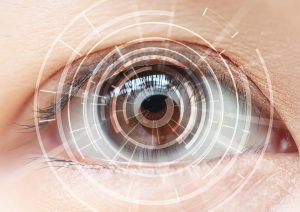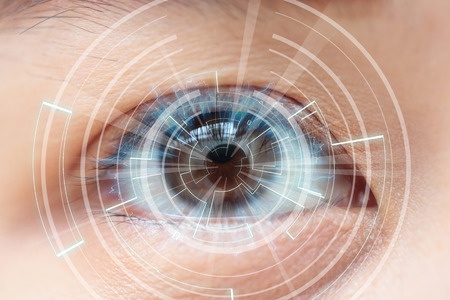Laser Vs Knife Cataract Surgery

It is recognized as being safe and effective.
Laser vs knife cataract surgery. Laser cataract surgery more than 1 5 million cataract surgeries are performed annually in the u s. During laser assisted cataract surgery your doctor typically uses the laser to make all incisions and to soften the cataract for removal by ultrasound phacoemulsification. Not all cataract surgery is done by a laser these days. Laser cataract surgery also called refractive laser assisted cataract surgery relacs is an advanced type of cataract surgery that uses femtosecond laser technology to bring a new level of precision and accuracy to specific steps in cataract surgery that traditionally have been performed with hand held surgical tools.
Laser cataract surgery is not covered by most insurance plans. Traditional cataract surgery is one of the most common surgeries in the world. It costs more than traditional cataract surgery as well. Ultrasound waves break the cataract into tiny pieces which are then removed.
Traditional cataract surgery and. But cadwell wanted laser cataract surgery which is newer more technically advanced and as one might suspect more expensive. Clinical evidence supporting the supposition that femtosecond laser assisted cataract surgery will actually produce better outcomes than manual cataract surgery has been limited at best but there is some reason to believe it may. In laser cataract surgery a laser is used to make the incision and lens opening explained dr.
Laser surgery for cataracts is the removal of a lens that has a cataract followed by replacement of the lens in the eye with an artificial prescription lens. The researchers found that no eye lost visual acuity due to complications from the surgery and as a result this surgery type could be considered safe. One of the best justifications for adopting a new approach to any surgery is that it produces better outcomes than the existing method. The new artificial lens is inserted to replace the cloudy natural lens.
Laser or advanced cataract surgery will provide the same outcome as traditional cataract surgery but the difference is in the tools used and overall method. One in three mostly older americans will have the surgery at some point in their lives. Traditional surgery traditional cataract surgery in which the surgeon uses a knife to make a small incision in the eye to replace a clouded intraocular lens is covered by medicare. The laser may be useful when correcting for astigmatism aligning an astigmatism correcting intraocular lens or softening a dense cataract.
It creates a more reliable repeatable precise incision than a surgeon can do by hand.



















